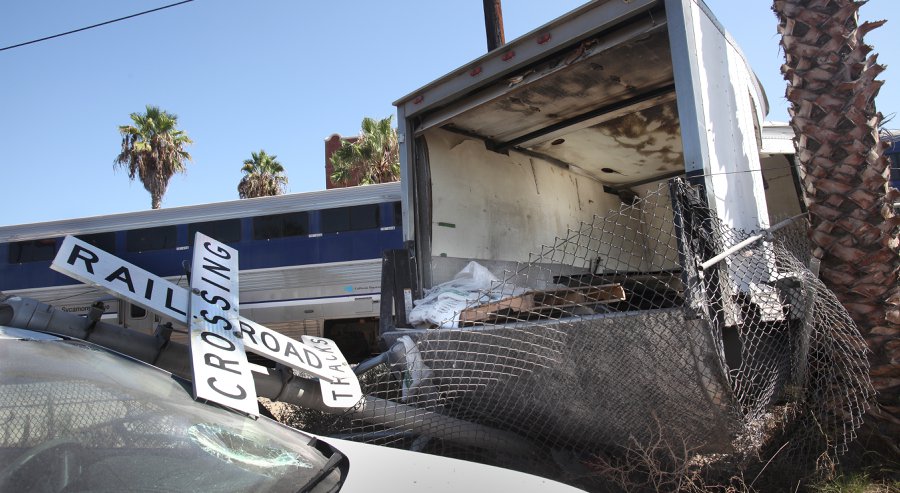Anyone can sustain a railway injury at any time. Whether you work as a track worker, a trainman, a clerk, or a shop worker, railroads are dangerous places and injuries are not an uncommon occurrence. When a worker in just about any other industry is hurt, their state workers’ compensation program covers their medical bills and a portion of their lost income. An injured railway worker is, however, not eligible for workers’ comp. Instead, they must turn to the Federal Employers Liability Act to obtain compensation for their damages.
What is the most common source of railroad worker injuries?
The FELA permits injured workers to bring individual lawsuits or claims against their employers when they are injured due to railroad negligence. In other words, if you are hurt while you are working for a railroad, you are entitled to work with a qualified FELA attorney in your pursuit of fair financial compensation.
The experienced Virginia Beach railroad injury attorneys at Shapiro, Washburn & Sharp are dedicated to the safety and well-being of railroad workers, no matter what job they hold. If you sustained injuries that were caused by railroad negligence, contact our personal injury law firm today so we can determine the wisest course of action for your circumstances.
How Do Railroad Workers Get Injured?
Railroad accidents take place in a variety of ways. Some of the accidents that occur the most frequently are:
Switching Injuries
One of the leading kinds of railway injuries is a switching injury. Railroad track switches are operated by hand. These steel mechanisms are cumbersome are extremely hard to operate. Shoulder injuries, especially injuries to the rotator cuff, are commonplace among those tasked with this difficult job.
Coupling Injuries
Railroad employees are also frequently injured while they couple and uncouple train cars. Railroad cars are joined together by heavy, iron joints. The air brakes on each car are fed by air hoses that run between them. Air The air hoses and the coupling joints have to be maneuvered to separate and join the cars on the tracks. These joints can weigh as much as 80 pounds apiece. The potential for serious, life-changing injuries is heightened when you work every day around heavy-moving machinery and equipment such as this.
Slip-and-Fall Injuries
Slip-and-fall and trip-and-fall accidents are also common on the railroad, especially among engine service workers who are constantly climbing off of and onto engines and various other pieces of equipment. In these situations, the danger of a fall is never far away. Trips and slips are also frequent problems. Conductors and engineers typically work in very close quarters on engines, with surfaces that can be often covered in oil. grease, and other debris. This poses such a high risk to employees walking through the area that the Federal Railway Administration eventually started to regulate locomotive cabs.
This means when a worker is injured due to trip or slip hazards in passageways, floors, or locomotive cabs, federal regulations were violated. When a railroad violates federal regulations, they are strictly liable for any resulting injuries.
It takes a FELA attorney with years of experience to correctly identify and establish the railroad’s liability. If you or another railway employee has been injured in any kind of railway accident, please give us a call as soon as possible.
Speak With an Experienced Attorney Today
The Virginia Beach railroad injury attorneys at Shapiro, Washburn & Sharp have been successfully handling claims under the Federal Employers Liability Act for more than forty years.
If you were harmed during the course and scope of your employment as a railroad employee, schedule your free case evaluation by calling our Virginia Beach law offices at (833) 997-1774 or you can reach out through the contact form on our website.
